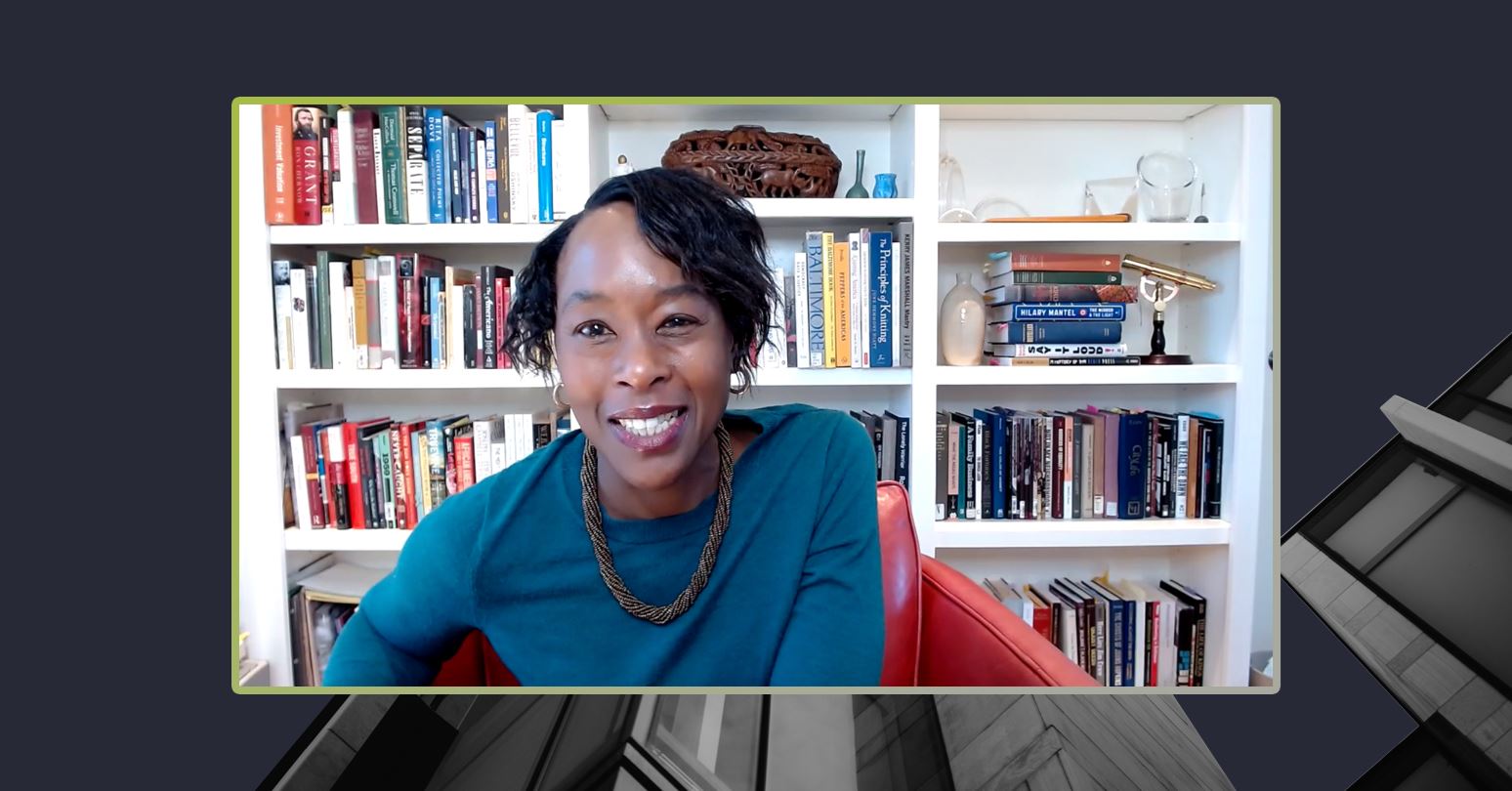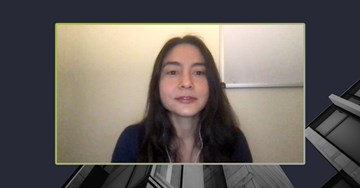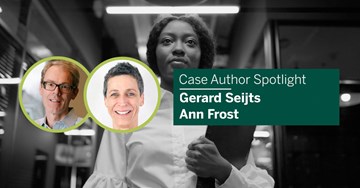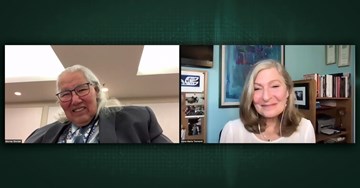Margot Lee Shetterly’s book, Hidden Figures, about the Black women mathematicians who were integral to the U.S. space program in the 1960s, isn’t just a story about some exceptional people. Especially since Black women succeeding shouldn’t be considered exceptional. Shetterly says it’s a story of a group’s progress over time – the advancement of African American women at a time of antagonizing racial and gender stereotypes and laws. And it’s a story that bears important lessons today as organizations strive to build inclusive workplaces where every person counts.
“What this story to me says is there is talent where you look for talent and there is achievement where you cultivate talent,” said Shetterly, whose award-winning book based on true events was adapted into an Oscar-nominated film of the same name. “Everyone loves a story of exceptional people, but if we are going to provide the talent that we need to continue to move into the 21st century and have our countries and economies be successful and individuals be successful, we have to look at these larger groups.”
Shetterly was the keynote speaker for the Ian O. Ihnatowycz Institute for Leadership’s 2022 Leader Character & Candour Conference, which showcased for HBA1 students the importance of character and candour in their professional and personal lives. The conference included a discussion of the Ivey case, Hidden Figures: Leadership Lessons from the Movie, workshops, and a presentation from Erika Cheung, a former Theranos lab associate turned whistleblower.
Shetterly said learning from history is key to addressing the systemic racism and sexism depicted in this period and still prevailing today.
“When something happened so long ago, it’s almost as if it didn’t happen for a new generation of people. We think of history as the past and it’s not applicable,” she said. “It gives you a little bit of perspective to see that just because this situation happened 70 or 80 or 100 years ago doesn’t mean there aren’t lessons for me today and perhaps it’s the most relevant lesson for me today. Thinking about history and how it might apply to us feels like a luxury, but I think it's a very practical thing to do.”
Those lessons include the role that leader character plays in creating and supporting inclusive workplace cultures. She shared how key character dimensions such as courage, collaboration, and humanity displayed by the individuals portrayed in her book factored into this true story of radical progress and are critical for leaders today.
Be courageous
Shetterly’s book detailed many examples of exceptional courage. One was when the head of the Langley Research Center at NASA desegregated the organization. Another was when African-American mathematician Katherine Johnson boldly demanded to be let into closed-door meetings that were relevant to her work. And although such courage led to breakthrough moments in the book, Shetterly said, most of the time, that won’t be the case. Instead courage is about continuing to work toward the end goal, step by step, even if you’re exhausted by the challenges around you.
“We focus so much on the big victories, but resilience really is about taking the small victory that you can and then living to fight another day,” she said. “I think sometimes it is as heroic, if not more heroic, to get up and do that thing that is difficult, day in and day out. And that's really what most of us are faced with. There are times in our lives when we may have that do-or-die need for lion courage, but so much of life is just saying, ‘You know what, this is hard and I just need to do this because there's a goal at the end of this.’”
Choose collaboration over competition
The importance of nurturing other people’s talents was another prominent theme in the book and Shetterly said the women drew strength from a supportive community. Whether it was encouragement from women in their cohort, or help from allies seeking to evoke change, their rise to success was a collaborative effort. This speaks to the significance of empowering others, or as African American feminist and racial justice advocate Mary Church Terrell famously put it: lift as we climb. One of the women in the book, mathematician and aerospace engineer Mary Jackson, even took a demotion to move into a human resources role so she could help women of all backgrounds move into higher engineering positions.
“Today, people see it as a little bit old-fashioned, a little dusty – this lift as we climb [philosophy] – but there's so much to that,” said Shetterly. “It means extending yourself to other people and connecting your own success to that of other people – saying, ‘I can get this far myself, but if I help these other people around me, then I succeed and the mission is bound to be more successful.’”
Leading with humanity
Embracing differences as strengths and holding yourself accountable for helping others to use their strengths to the best of their ability is another relevant lesson for organizations seeking to foster inclusive cultures. Shetterly said one of the strongest and most important values displayed by the individuals in her book is humanity – having a genuine concern for others and appreciating and identifying with their values, feelings, and beliefs.
“If we are all in a room together and sitting down to think about each other as workers and collaborators – our differences and our similarities – we need to think about how do we bridge those, how do we manage those, and how do we allow for differences while also allowing us to bond on similarities?,” said Shetterly.
And since the ongoing pandemic has changed employees’ expectations and demanded a fundamental cultural shift for organizations, including a commitment to Equity, Diversity, and Inclusion, Shetterly said lessons from her book can inspire that change. After all, if hundreds of women of all backgrounds – scores of them Black women – could work side by side men at the Langley Research Center, there is no reason why we can’t achieve equality today.
“What this book and what these women show us today is it's not just a hopeful fairy tale. It's a playbook,” said Shetterly. “It really is a way of saying, ‘Don't take no for an answer.’”



